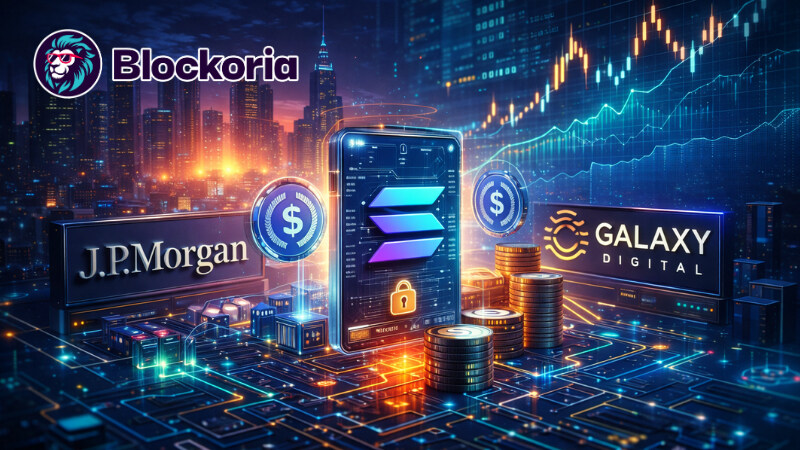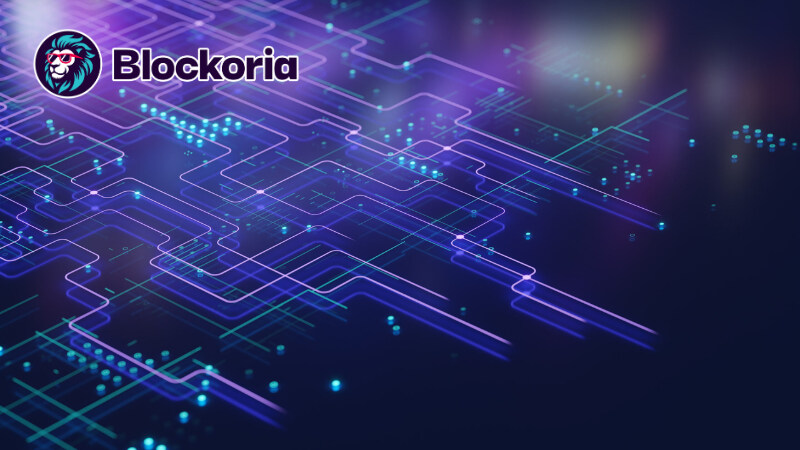.png)
The cryptocurrency mining industry continues to accelerate its growth rate, demonstrating high competition for each hash. A significant shift in focus in this sector is being observed in the direction of optimizing energy consumption and increasing the profitability of operations. Today, the largest mining centers around the world are actively seeking a balance between equipment performance and the cost of electricity, as this parameter can be a decisive factor in choosing a site.
A key milestone was the transition to specialized ASIC devices of the latest generation - their performance today exceeds 200 TH/s with a power consumption of about 3,000 W. This provides a reduction in the cost of mining. This provides an average 12% reduction in the cost of production per block, which gives operators a head start in competition. At the same time, some providers include in their calculations ultra-fast algorithms for tracking the electricity exchange rate on exchange platforms in order to instantly switch between tariff zones and minimize costs.
Beyond hardware upgrades, the industry is actively integrating renewables. Solar and wind-powered mining hubs are popping up in Chile and Canada: combining solar panels with battery systems provides up to 40% savings over traditional sources. This approach not only reduces carbon footprints, but also improves cost predictability, which is especially important for long-term grid lease contracts.
Liquid cooling technology is becoming the new standard: it keeps chips at optimal temperatures during peak loads and extends equipment life by up to 20%. Combined with the introduction of intelligent monitoring systems and the replacement of fans with silent pumps, this reduces operating costs and minimizes downtime due to overheating.
Financial models show that the average cost of mining a single Bitcoin ranges from $18,500-22,000 depending on the region, while the average market rate exceeds $42,000. At the current level of grid complexity and an electricity cost of $0.04 per kWh, the payback period for a new installation could be 8 to 12 months. The emergence of flexible financing schemes against equipment and income pool is also stimulating the inflow of investments into this segment.
Regulatory initiatives play an equally important role: authorities in a number of countries offer tax breaks and subsidies for mining companies using “clean” sources of electricity. The US and Finland have developed special programs to support infrastructure, which attracts large funds and technology companies to create joint projects.
In the software segment, there is a growing demand for highly intelligent platforms for capacity management and distribution of computing tasks. Solution providers offer API interfaces for integration with existing data center management systems, which simplifies capacity scaling and ensures a high degree of process automation.
Increasing number of open pools and decentralized mining protocols gives small players an opportunity to enter the market without large initial investments. Pools with automatic redistribution of payments and transparent reporting based on smart contracts attract capital from small businesses, expanding the geography of mining operations and contributing to the development of the ecosystem.
New methods of cost reduction and infrastructure modernization help mining to remain a profitable industry regardless of market volatility and network complexity, forming stable trends in the development of this segment.



